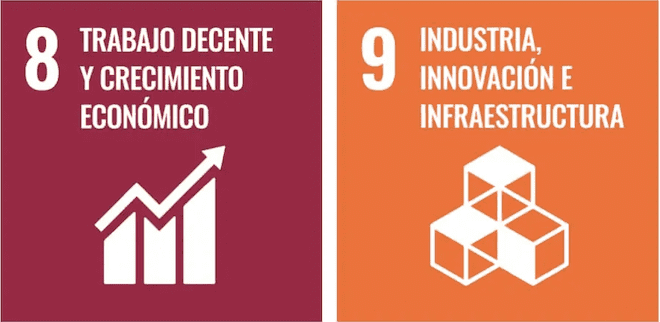Startups and big companies: investment or collaboration?
28 Septiembre - 2021
Ernest Solé, professor of the Department of Operations and Technology
The dream of many technological entrepreneurs is to see their startup acquired by one of the major global technology corporations. This is a way of dreaming, or thinking, quite different from that of entrepreneurs fifteen or twenty years ago. The notable technological innovations we have experienced in recent times have led this radical change.
The traditional approach to innovation consists of companies generating, developing, building, marketing and financing new ideas themselves. But the way in which companies are innoving, has evolved considerably, leading to what is known as the Open Innovation paradigm (Chesbrough, 2003). According to this new approach, companies can, and must, use internal as well as external ideas, and also internal and external ways to develop, manufacture and market them.
There are many examples of large pharmaceutical companies looking for interesting developments among the thousands of small biotechnological companies in the world
Often, a small technological startup develops an innovation, suffers from shortages in resources of all kinds: financial, technological, commercialization (domestic and international), business management skills, skills for obtaining government authorisations and protection of industrial property, among others.
At the same time, large corporations typically get low productivity from their research and development departments, which may lack freshness and ambition, while they are a very heavy cost center with certain inertia that do not favor more radical innovation.
For this, small and large companies have learned to collaborate through strategic alliances and various combinations. There are plenty of examples of large pharmaceutical companies looking for interesting developments among the thousands of small biotechnological companies in the world, funding the remaining phases and, if successful, producing and distributing them, saving the first phases of R+D, which are the ones with the highest risk of failure. In this way, small biotechnological companies manage to bring their developments to the market, with greater probability of success, and in much less time, despite not having the necessary resources to do so, and large pharmaceuticals manage to throw more products onto the market, with less risk and lower cost.
A good example of this has been the development of the covid-19 vaccine by the German biotechnological Biontech and the large pharmaceutical company Pfizer. These two companies formalized their strategic alliance in April 2020, in order to achieve speeding up the latest development phases of the vaccine designed by Biontech, as well as the manufacture and distribution of millions of doses, within a short period of time never seen before.
Innovating with Amazon and Google
In sectors related to information and communication technologies, it is common to buy small businesses by larger corporations, thereby acquiring the technology the former has developed, as well as the talent of those who have done so, or licensing contracts for the use of their technologies. This is one of the forms of the phenomenon known as Corporate Venturing.
A well-known case is that of Kiva Systems. Kiva Systems was an Israeli design and manufacturing company that operates artificial intelligence applications. Amazon became interested in a specific type of robot to use in its chaotic stores. But Amazon did not settle for buying the robots, but instead bought the entire company, renamed it Amazon Robotics. In this way, it had not only robots and artificial intelligence applications, but also technology and people who had developed it. The other way to operate the Corporate Venturing is through the creation of technological companies by the same corporations, which function outside the matrix, so that they have the freshness and ambition mentioned above, and develop new ideas. This way of doing things brings more advantages: in the event of failure, either in development or in marketing, it will affect the reputation of the corporation as little as possible.
In innovation there are many competitors, but often there are also many possible contributors, even among competitors.
For example, Google has invested in more than 300 small technology companies, which mostly develop technologies other than Google's primary activity. Many of these technologies will possibly be unfulfilled promises, but when this happens, it will not be Google that publicly assumes failure. For those who succeed, however, their incorporation into the technological giant will be one, very good piece of news to communicate. Another example is the multinational Xerox, which created Xerox Technology Ventures -which even has its own private equity fund- from which major developments emerged, such as the computer mouse, a patent which, by the way, was sold off cheap jointly in a package with many other patents.
Innovation is a race with many runners, and it is very difficult to win going alone. There are many competitors, but often there are also many possible contributors, even among competitors. Today, companies do not innominate inward, but outwards: they carry out developments that will largely result in products and services that expressly will be compatible with products and services from other companies. Therefore, before developing a new idea, we must look outside the walls of the same company, see what is beyond, what can be useful, and work on how to take advantage of all the external resources that suit them to reach a product or service that has, at first, enhanced benefits from other companies, and a high usability for a large number of customers.

